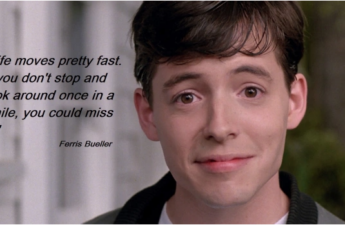The good news: There are alternatives to attending college right after high school. The not so good news: pursing an alternative path, like a “gap year” community service project, is still “the road not taken” and requires the courage of standing out from one’s peers–both for students and their parents.
At a time when college expenses continue rising annually, the financial side of the college equation is starting to take on greater weight and building questions about a college degree’s worth; thus, wondering what other avenues a student can pursue for future financial success and independence. However, this reality runs into a lifetime of expectations and efforts to be admitted and enroll in college right after high school. Many students have been taking rigorous AP and Honors courses, building extracurricular resumes; parents have given up weekends and vacations to travel for tournaments, sports camps, science fairs etc., spent anxious, late nights working on a project or editing a research paper at the deadline. So, pursing a “gap year” or even thinking about an alternative can seem like condemning a student to homelessness and a lifetime of failure.
On the other hand, a little effort and Google’s logarithms can turn up a range of “gap year” programs to browse. One group sponsors fairs throughout the country, featuring programs and organizations that will help students pursue an alternative to college, or at least be confident they (and their parents) considered all their options. AmeriCorps and VISTA, the “domestic Peace Corps”, not only pay students a small living stipend for their year of community service, students can earn scholarships for college. For more visionary youth, Peter Thiel, PayPal co-founder & initial Facebook investor, sponsors 20 under 20, a $100,000 fellowship over 2 years for 20 young entrepreneurs under 20 years old.
For students (and their parents) wanting the best of both worlds, colleges, like Princeton, are recognizing the value of time away from the classroom, and are establishing programs for freshmen to defer admissions and broaden their experiences in service to others. Even at colleges without a formal “gap year” program, students can always contact a admissions, after being accepted, to ask about deferring enrollment for a year as well.
The willingness to open oneself to unknown possibilities is essential to even start considering a “gap year.” Yet, with the financial costs of college continuing to rise, what else could students do with $125,000 to $250,000 of their family’s capital, 4 years and a little elbow grease?
_____________
Frost, Robert. “The Road Not Taken.” Mountain Interval. New York: Henry Holt And Company. 1916.
_____________
Jill Yoshikawa, Ed M, is a University of California and Harvard trained educator and Partner at Creative Marbles Consultancy. You can contact Jill at [email protected] or, read her short biography.



